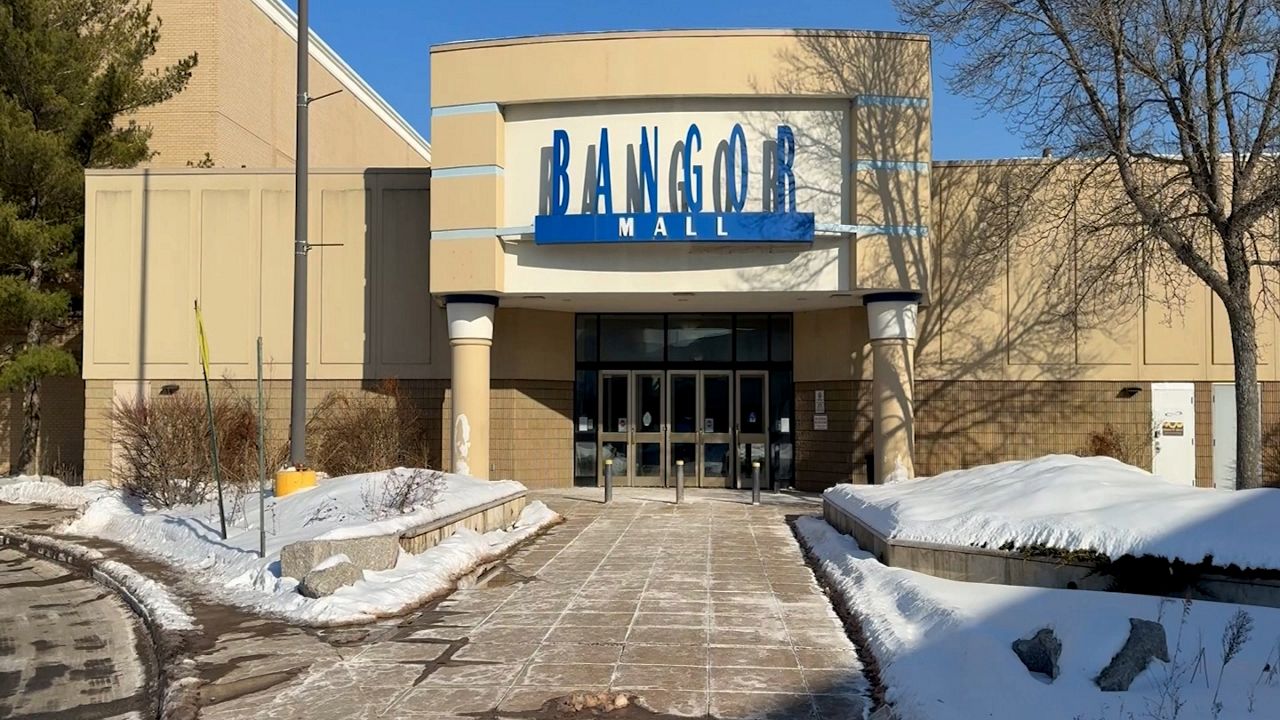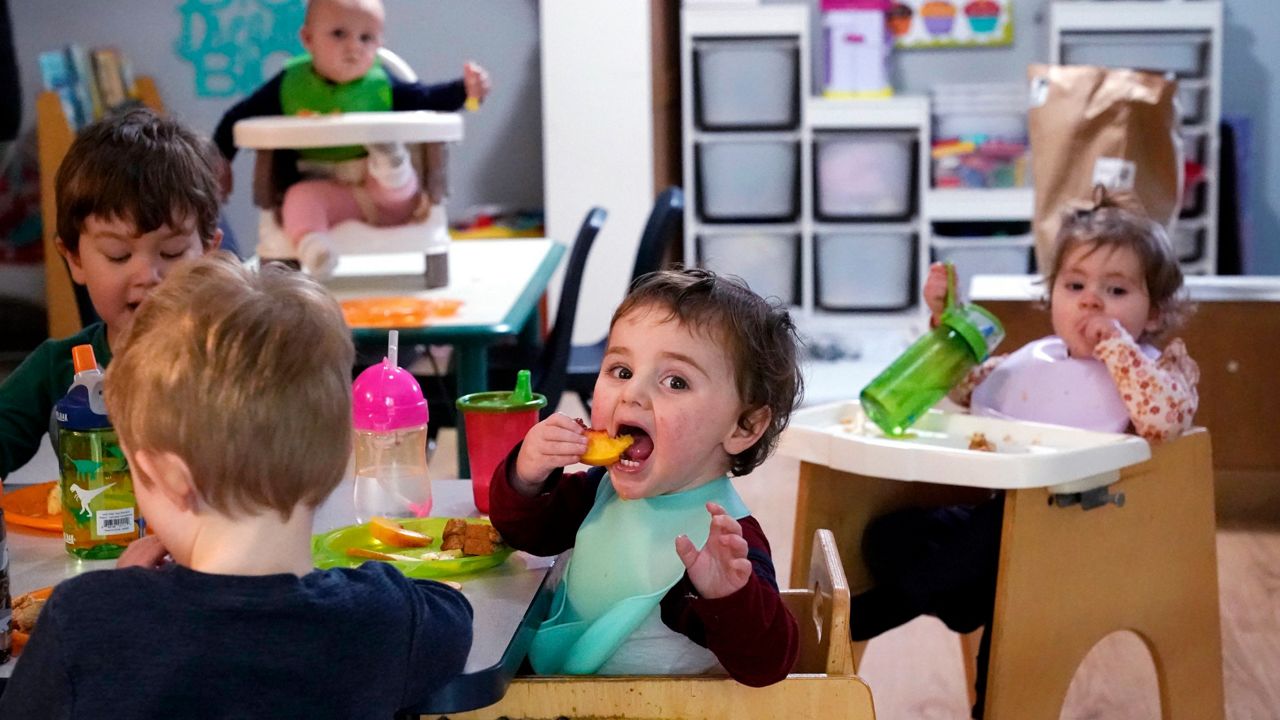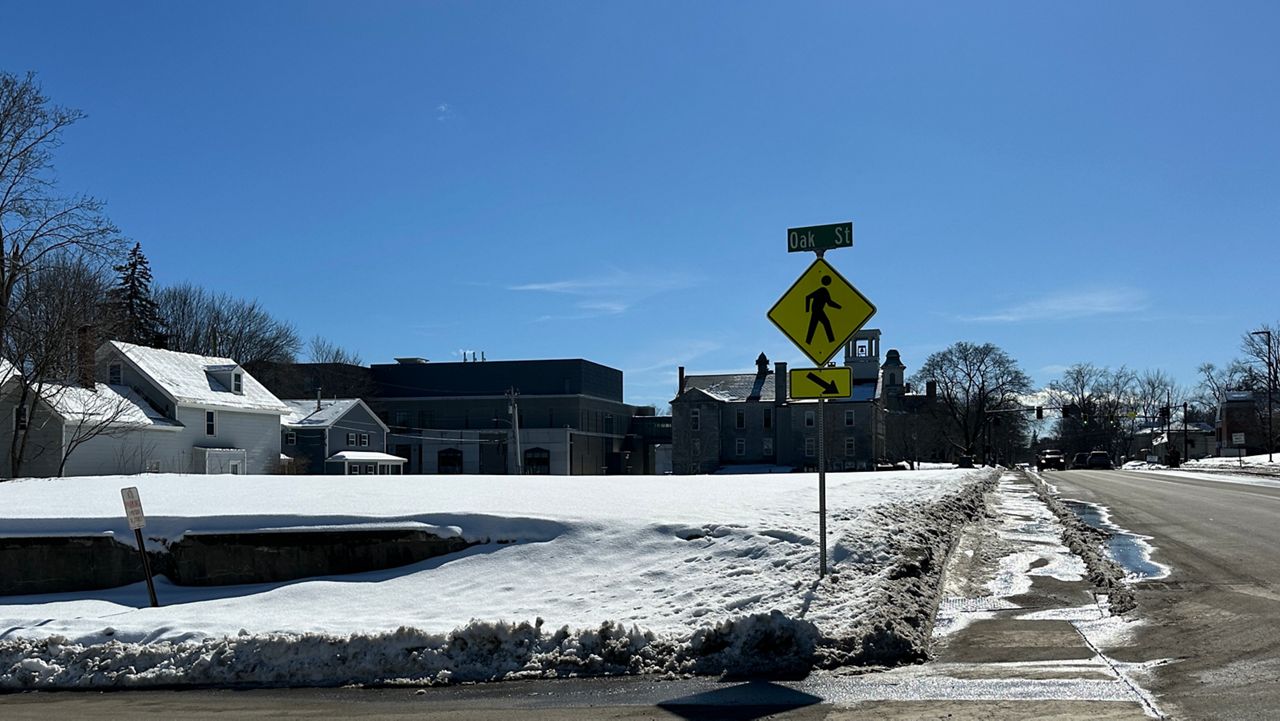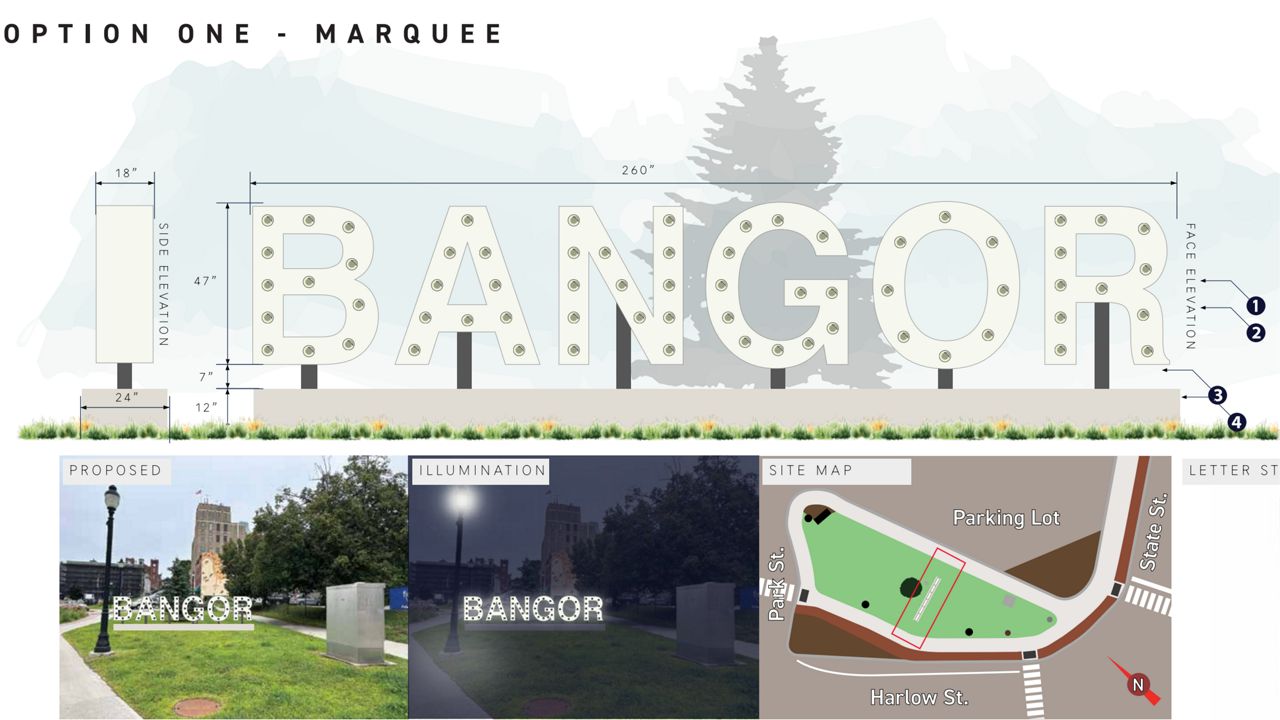It’s been nearly a year since the deadliest mass shooting in Maine’s history took the lives of 18 people at a bowling alley and at a bar in Lewiston.
The victims included four members of Maine’s Deaf community – Joshua Seal, Stephen Vozzella, William Brackett and Bryan MacFarlane. Seal was an ASL interpreter known for assisting the Maine Center for Disease Control and Prevention at press conferences during the coronavirus pandemic.
Today, the Deaf community is marking a year of healing and ongoing work with those outside the community in the wake of the shooting. The community also continues to work with law enforcement to address communications problems with police in the event of an emergency.
Thomas Minch is chair of the board of directors of the Maine Educational Center for the Deaf and Hard of Hearing, project director at Disability Rights Maine and the co-president of the Maine Association for the Deaf.
In the wake of the shootings, Minch said the Deaf community came together in support. Group events, such as a healing event at the Brick South venue on Thompson’s Point in Portland in November 2023 were a big step toward coping with the tragedy, he said.
This year, the Deaf community has held similar gatherings, including a community art gathering at the center’s gymnasium in September, and there are plans for another community healing event at Brick South on Oct. 26 starting at 4 p.m.
“As we are approaching that one-year mark, we have become more aware of each other, checking in on each other to ensure that support is being provided,” he said.
Advocates for the Deaf community have also been working with law enforcement since the shootings. On Aug. 20, the independent commission appointed by Gov. Janet Mills to examine events leading up to and immediately following the shootings issued its final report.
In it, the commission noted that in the hours following the shootings, survivors were being kept at the Lewiston Armory, and later at a local school serving as a “family reunification center.” While there was one Lewiston Police officer serving as an ASL interpreter, “Certified American Sign Language interpreters were initially turned away from the armory by officers providing security, and were not permitted entrance into the hospitals for several hours by security personnel.”
The report also noted that at the initial press conference on the night of Oct. 25 announcing the shootings, no ASL interpreter was used, although police did provide one at the second press conference the next morning.
“Members of the Deaf community and the interpreters who work with them encountered difficulties with access to information and other communication problems,” the report’s authors wrote. “They have requested an opportunity to work with law enforcement and other governmental actors to improve information sharing and communication with Maine’s Deaf community.”
Following the shootings, the Maine State Police produced its own after-action report reviewing the response by law enforcement at the time. Since then, police have asked the New England State Police Administrators Compact, a regional coalition of state police administrators from all over New England, to review the after-action report.
Last week, Maine State Police announced the compact had finished its review. In it, the compact noted that Maine law enforcement said little in its after-action report to address the needs of “deaf, hard of hearing and non-English speaking individuals.”
In response, Maine State Police issued a statement indicating, “The Maine State Police has a robust policy (E-116) that gives troopers a guide to the appropriate resources they need to communicate with those that do not use English as their primary language, to include individuals of the deaf community. MSP is in the process of reviewing this policy (E-116) to make any necessary improvements.”
Minch said the Maine Association for the Deaf is working with “various state agencies” on the subject, and he himself is working with the Maine Criminal Justice Academy on ways to improve policies and practices by law enforcement in the event of an emergency.
Minch did not go into detail, saying only, “this work is still ongoing,” but added, “There is a strong collaboration in the state level to ensure that any policies and training be changed and provide more support for the first responders to deal with emergencies that have Deaf and Hard of Hearing community members involved.”
Minch said one unexpected impact of the shootings was an increase in public awareness of the needs of the Deaf community.
“More people are interested in learning sign language, wanting to learn about the Deaf culture, and want to be able to communicate with the Deaf and Hard of Hearing community,” he said.
Another sign of increased awareness is the more common use of ASL interpreters at public events.
“After the tragedy, the increase in interpreter requests exploded with various towns wanting to have interpreters for their holidays, events, or any type of meetings,” Minch said. “The demand was so high that our pool of interpreters was small and was not able to fill all the requests.”
Minch said that the healing process for the Deaf community is ongoing.
“(The) Deaf community was already close-knit; this tragedy just confirmed that and has brought many of us closer,” he said.





)





